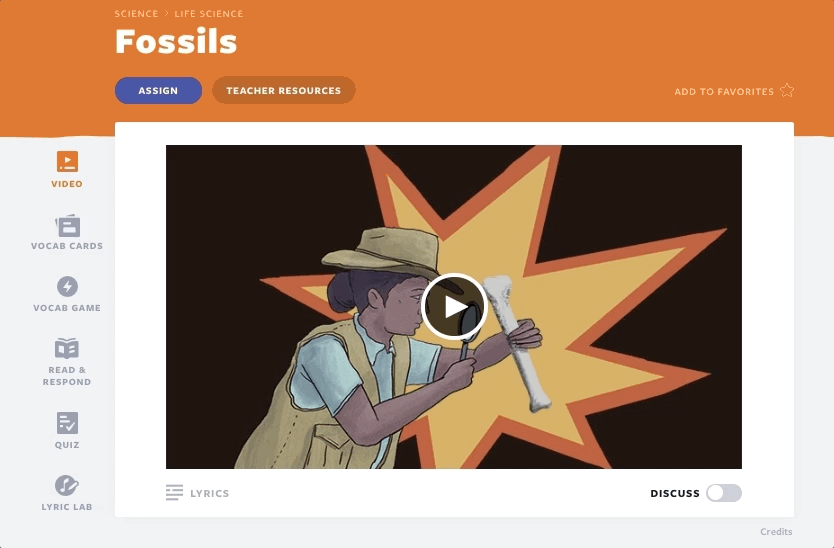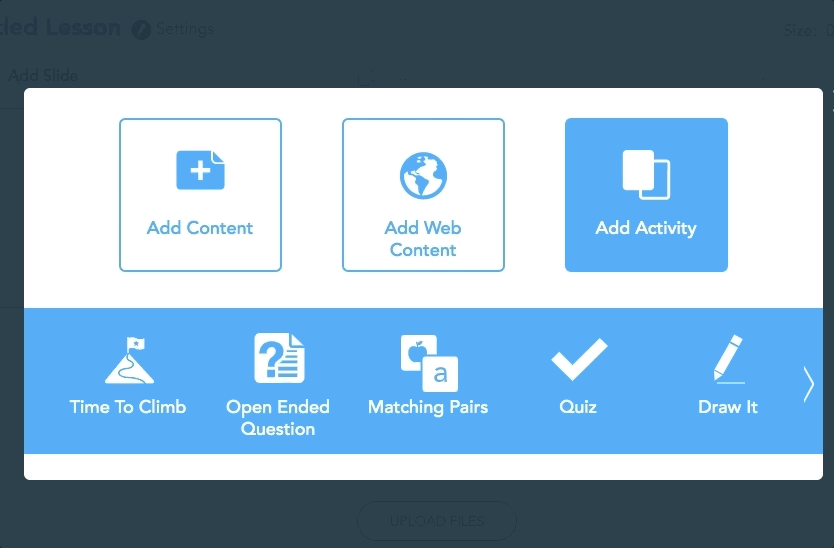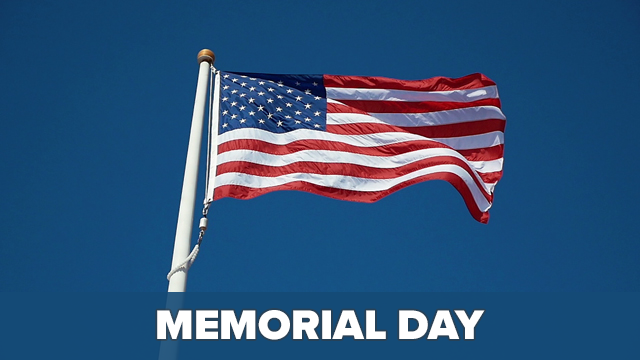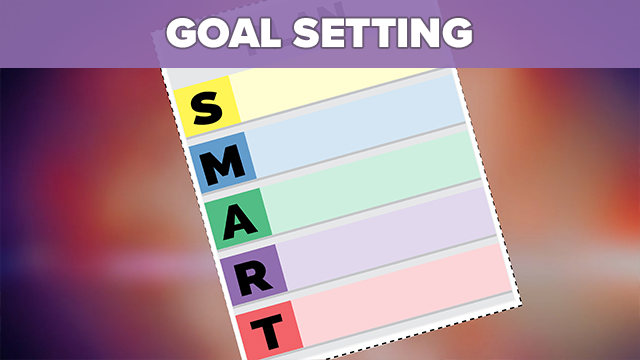
Flocabulary & Nearpod, EdTech Power Duo: How do both platforms increase engagement?
If you know Nearpod, you know why we’re so excited about becoming part of their fam — engagement for days! But in case you’ve never used or even heard of Nearpod, here are some firsthand accounts from Nearpod and Flocab co-users to help you understand why they fit together perfectly.
Before you combine two tools, you have to know why they’re valuable individually. Below, we asked what makes Flocabulary and Nearpod so great as standalone classroom tools.
On Flocab

Brook Sharpnack
5th Grade ELA & Social Studies Teacher
Pennsylvania
When I was in school, I remember taking notes from the board and using more paper and pencil. Now, with Flocabulary, students are using a medium that is engaging and speaks to them in language they use daily.

Lisa Whiston
Social Studies Teacher
Pennsylvania
How catchy and memorable the videos are, while still being high quality learning tools. The students are willing to watch the videos more than once, which helps them retain the information. Second favorite thing is the built-in activities that support reading comprehension like Read & Respond.
On Nearpod

Katelynn Pearson
1st Grade Teacher
Texas
I can differentiate at my fingertips! I can see where my students need help and maybe where the misunderstanding lies while the rest of my class can continue their work!

Mindy Osborne
K-5th Grade Teacher
Texas
The interactive pieces help our students. I LOVE creating my own to meet the needs of my students. The variety of class & student pacing is outstanding!
What do you love about Flocabulary? Nearpod? There are a lot of reasons to love them both as edtech tools. They boost engagement, they’re culturally relevant to students learning from the content and they’re versatile: conducive to both an entire class and an individual student. Separately, Nearpod and Flocabulary are strong, but together they make up the ultimate engagement platform.

Lisa Whiston
Both appeal to student interests in different ways. Flocab has high interest, visually appealing videos. Nearpod has virtual field trips, a drawing option, and can include other outside resources. Both increase student engagement with how the teacher utilizes them / knows their students.

Katelyn Pearson
Technology is a huge engagement piece in our world today! They both provide all learners with an outlet. They meet spatial learners, aural learners, verbal learners, social learners and solitary learners.
View this post on Instagram
So we’ve established that they’re compatible when it comes to content and student engagement — how do you begin to use them together in the classroom?
[Tweet “I use @flocabulary & @nearpod together — how do you? #EdTech #StudentEngagement”]
Discussion Mode, but make it Nearpod
This year, I have embedded many of the Flocabulary videos into Nearpod lessons. The videos are excellent introductions to new concepts and the discuss mode increases student engagement. Then, we use the Open-Ended feature on Nearpod to answer discussion questions. At the end of the lesson or during independent practice (learning centers), I assign different Flocabulary features for the students to complete. I think [Nearpod and Flocabulary] work well together because they each provide differences in activities for students, but the content is cohesive and you can connect classroom topics on two different platforms.
– Brook Sharpnack


Flocab as an intro to Nearpod lessons
I would use the [Flocabulary] video as a pre-lesson & since Flocabulary already has quizzes & interactive pieces, it would be SUPER simple to create lessons using NP’s activities. Honestly, my students tend to learn more when introduced to a Flocabulary video & tend to be more engaged when working on a NP lesson.
– Mindy Osborne
Flocabulary is how I initially grab attention. Nearpod is where I customize the learning and dive deeper. We recently learned about Ancient Civilizations. The students watched Flocabulary videos. I was able to take a screenshot of portions of the lyrics, which they annotated in Nearpod. They also were presented more information through the Nearpod slides. They liked seeing what the areas discussed in the Ancient Civilization videos actually look like now through the Virtual Field Trips.
– Lisa Whiston
Fleshing out correlations between two newly joined libraries of content is certainly easier said than done, especially when you’re starting from scratch with nothing to go off of. That’s why we put together a few ideas for upcoming events on the school year calendar!
P.S. we also put together this lesson-by-lesson correlation document for creating your own combined lesson plans in the future.
While both Nearpod and Flocabulary are engaging and effective alone, we believe they’re stronger together. Whether you’re a Nearpod user, a Flocab user or both, we hope you’re as excited about this as we are.



